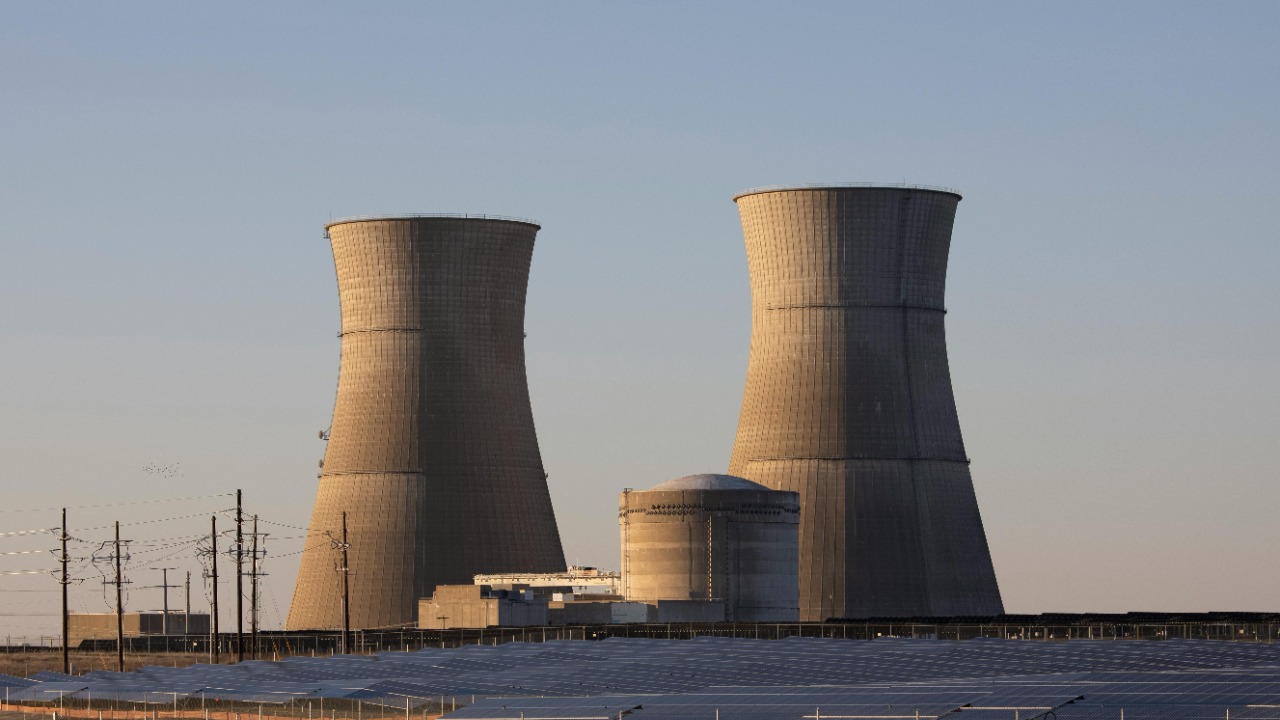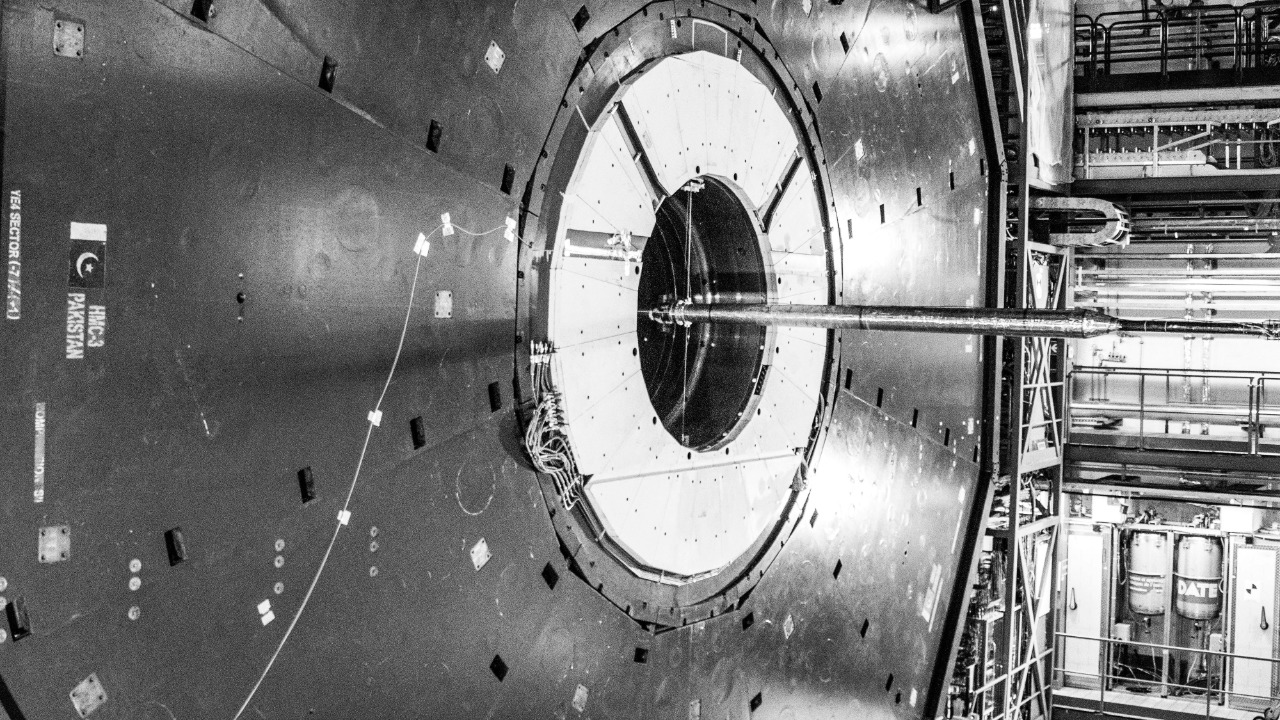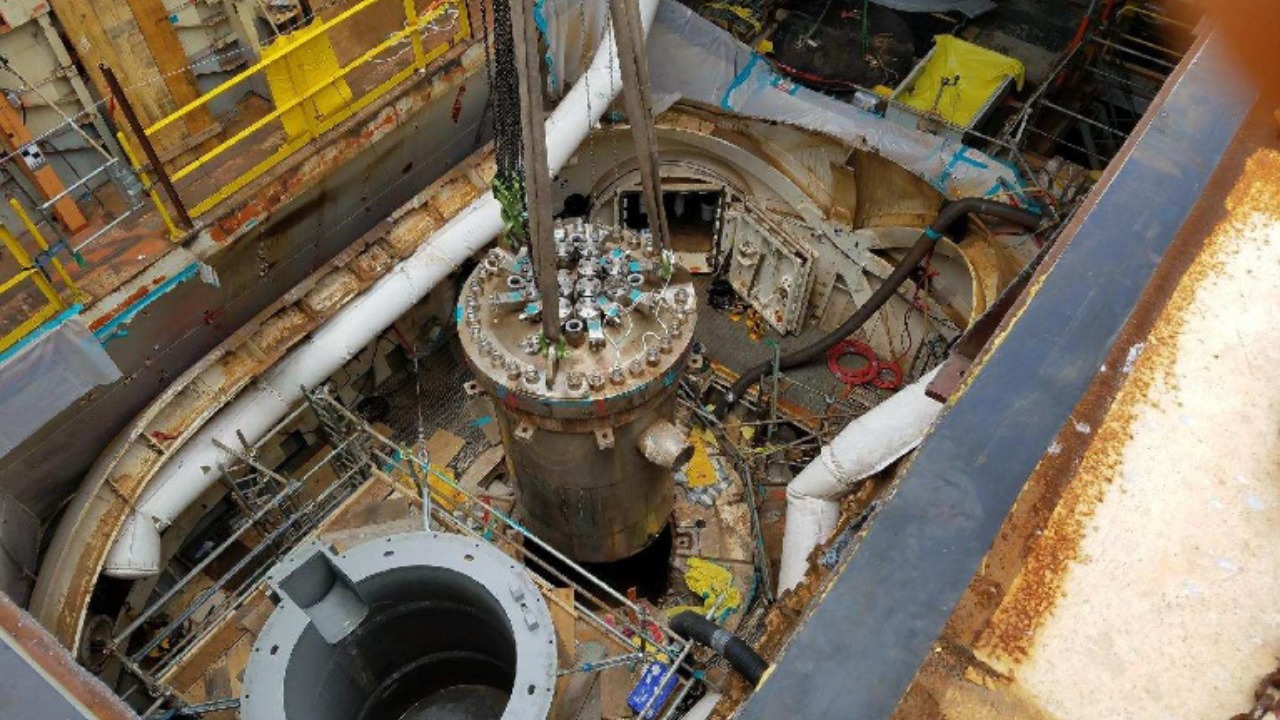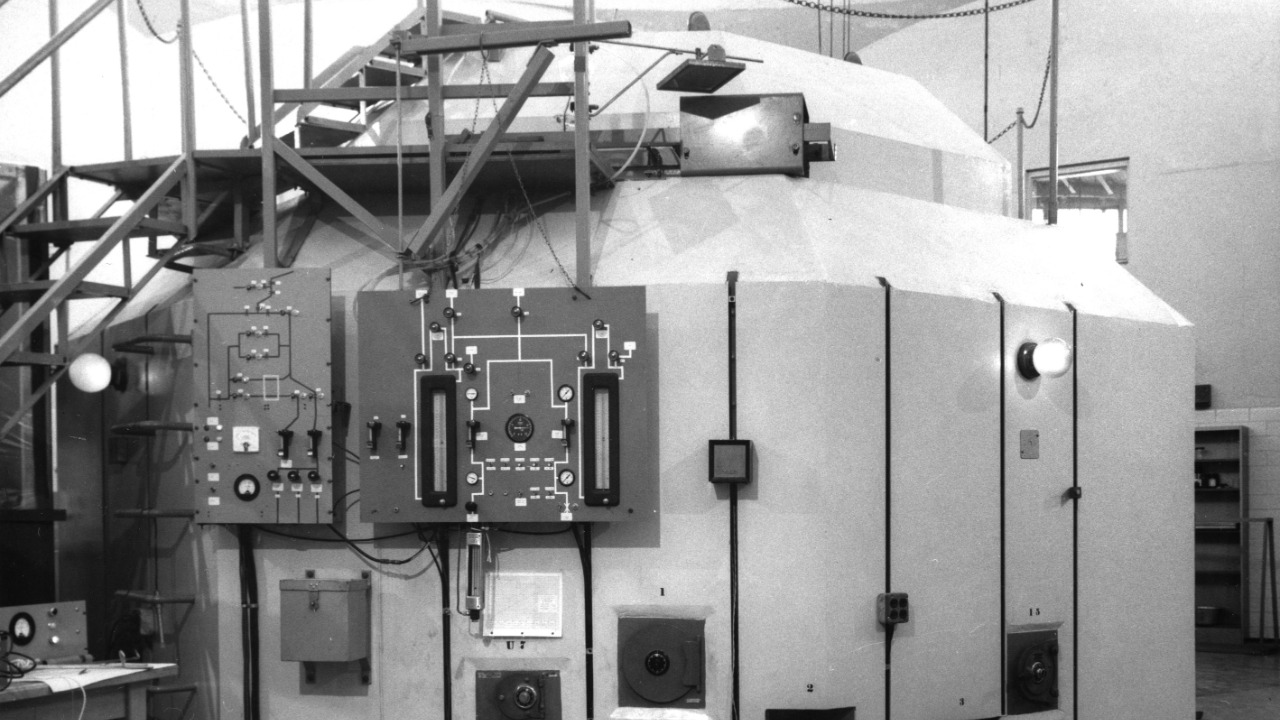
After five decades of relentless pursuit, scientists have finally succeeded in capturing elusive reactor neutrinos, a milestone in particle physics. This breakthrough not only affirms theoretical models but also opens new avenues for understanding fundamental particles and their interactions. It marks a significant achievement in our quest to unlock the mysteries of the universe.
The Enigma of Neutrinos

Neutrinos are subatomic particles that have intrigued scientists for decades due to their unique properties. These particles are electrically neutral and have an incredibly small mass, making them some of the most elusive components of the universe. Neutrinos are notoriously difficult to detect because they interact very weakly with other matter, often passing through entire planets without leaving a trace. Despite their elusive nature, they are among the most numerous particles in the universe, constantly streaming from the sun, cosmic rays, and other celestial sources.
The historical context of neutrino research is rich and complex, marked by key milestones and brilliant minds. One pivotal figure in the field was Bruno Pontecorvo, whose theoretical work laid the groundwork for understanding neutrinos. Pontecorvo’s insights into neutrino oscillation, the phenomenon by which neutrinos change types as they travel, were groundbreaking and have been validated through subsequent experiments. The journey of neutrino research has been one of persistence and innovation, with each discovery adding a piece to the puzzle of particle physics.
In the realm of physics, neutrinos play a crucial role in the Standard Model, which is the widely accepted theory describing fundamental particles and their interactions. Neutrinos are essential for understanding processes such as beta decay and fusion reactions within stars. Beyond the Standard Model, they hold the potential to provide insights into the nature of dark matter and the asymmetry between matter and antimatter in the universe. As such, neutrinos are not just a curiosity; they are vital components of the cosmic tapestry.
Reactor Neutrinos: A Special Case

Reactor neutrinos are a distinct category of neutrinos produced in nuclear reactors. These reactors generate energy through nuclear fission, a process in which atomic nuclei are split, releasing energy and neutrinos. The study of reactor neutrinos is particularly important because they offer a controlled environment to test theoretical models and explore neutrino properties. Understanding these neutrinos can also aid in monitoring nuclear reactors for safety and non-proliferation purposes.
Detecting reactor neutrinos, however, presents significant challenges. Due to their weak interaction with matter, specialized detectors are required to capture them. These detectors often rely on large volumes of water or other substances that can capture the rare interactions between neutrinos and atoms. The rarity of these interactions means that even in a reactor environment, where vast numbers of neutrinos are produced, only a small fraction are detected. This makes the task of capturing reactor neutrinos a daunting one.
Over the past 50 years, numerous attempts have been made to capture reactor neutrinos, each contributing valuable insights and technological advancements. Experiments such as the KamLAND in Japan and the Daya Bay in China have made significant strides in measuring neutrino oscillations and properties. Despite these successes, capturing reactor neutrinos consistently and accurately has remained an elusive goal until now.
Breakthrough Detection

The recent breakthrough in capturing reactor neutrinos was made possible by a combination of technological advancements and innovative methodologies. New materials and detection technologies have enhanced the sensitivity and accuracy of neutrino detectors. Researchers have also developed sophisticated data analysis techniques to differentiate between neutrino interactions and background noise, which is critical in identifying genuine events.
The experiment that achieved this milestone was a collaborative effort involving multiple institutions and researchers. One of the key players was the Neutrino Energy Research Project, which utilized state-of-the-art detectors and cutting-edge technology to capture these elusive particles. This endeavor brought together scientists from various fields, pooling their expertise to overcome the challenges of neutrino detection.
The data and findings from this experiment have been groundbreaking. The captured neutrinos matched theoretical predictions, providing strong validation for existing models of neutrino behavior. Furthermore, the results have offered new insights into neutrino oscillation and mass, challenging some aspects of previous theories and sparking discussions about potential revisions to the Standard Model.
Implications for Particle Physics

This discovery has profound implications for the field of particle physics. By successfully capturing reactor neutrinos, scientists have provided important evidence supporting the legitimacy of theoretical models that have long predicted their behavior. This achievement not only confirms existing theories but also prompts further exploration into the unknown aspects of neutrino physics. The validation of these models strengthens our understanding of fundamental particles and their roles in the universe’s evolution.
Moreover, the successful detection of reactor neutrinos opens up new avenues for research. Scientists can now explore more questions about neutrino properties, such as their masses and the possibility of additional neutrino types beyond the known three flavors. These questions are crucial for unraveling the mysteries of dark matter and the universe’s matter-antimatter imbalance, offering tantalizing prospects for future discoveries.
Beyond particle physics, this breakthrough may have a ripple effect on other scientific fields. In cosmology, a deeper understanding of neutrinos could refine models of the early universe and cosmic evolution. In nuclear physics, insights into neutrino interactions could enhance reactor safety and efficiency. The impact of this discovery is likely to extend far beyond the realm of particle physics, influencing various scientific disciplines.
Global Collaborative Efforts

The successful capture of reactor neutrinos represents a triumph of international collaboration. Scientists from around the globe contributed their expertise, resources, and technologies to achieve this milestone. The global collaboration underscores the importance of cooperative efforts in tackling complex scientific challenges. By pooling resources and knowledge, researchers can overcome obstacles that would be insurmountable for individual teams.
Looking ahead, this discovery has already inspired several upcoming projects and experiments. Initiatives such as the Deep Underground Neutrino Experiment (DUNE) in the United States and the Hyper-Kamiokande project in Japan aim to build on the success of this breakthrough by further exploring neutrino properties and behavior. These projects will rely heavily on international cooperation, drawing on the expertise and resources of teams from around the world.
In addition to advancing scientific knowledge, there is a concerted effort to educate the public and the scientific community about the significance of this achievement. Educational initiatives and outreach programs are being developed to engage audiences and inspire the next generation of scientists. By sharing the excitement and importance of this discovery, researchers hope to foster a greater understanding of particle physics and its role in deciphering the universe’s mysteries.